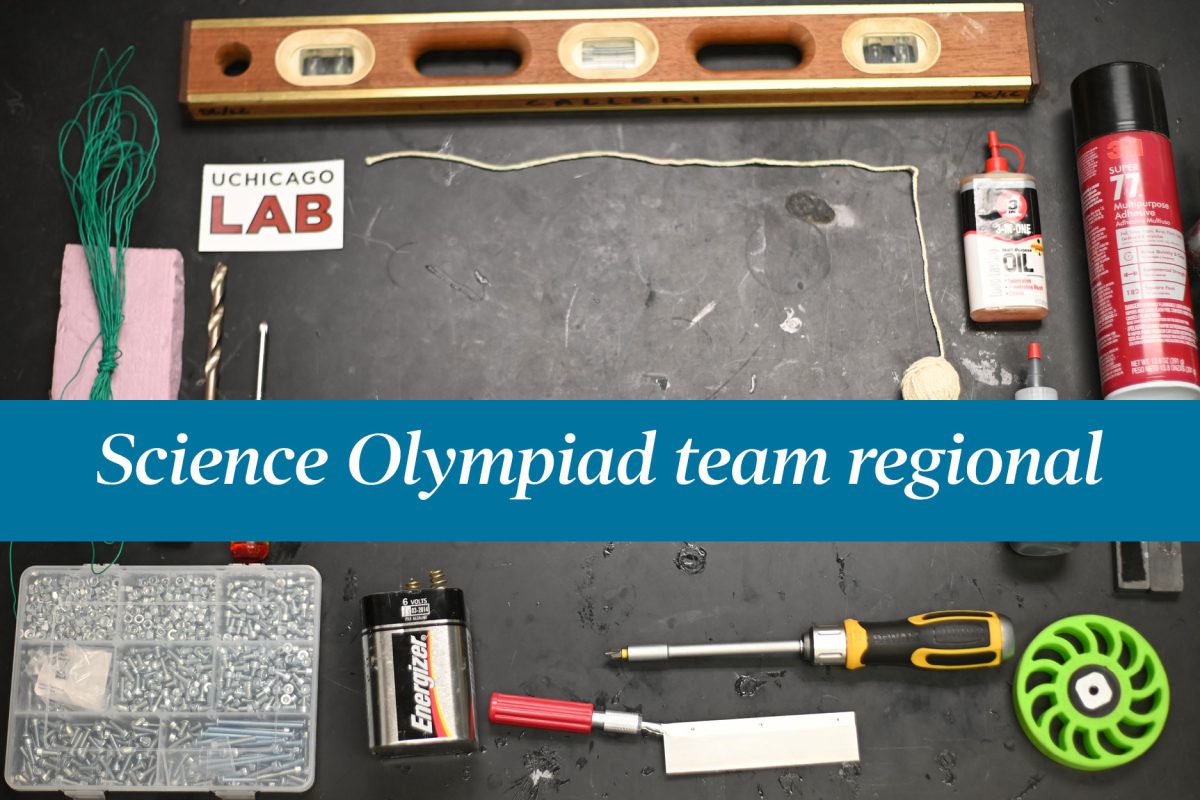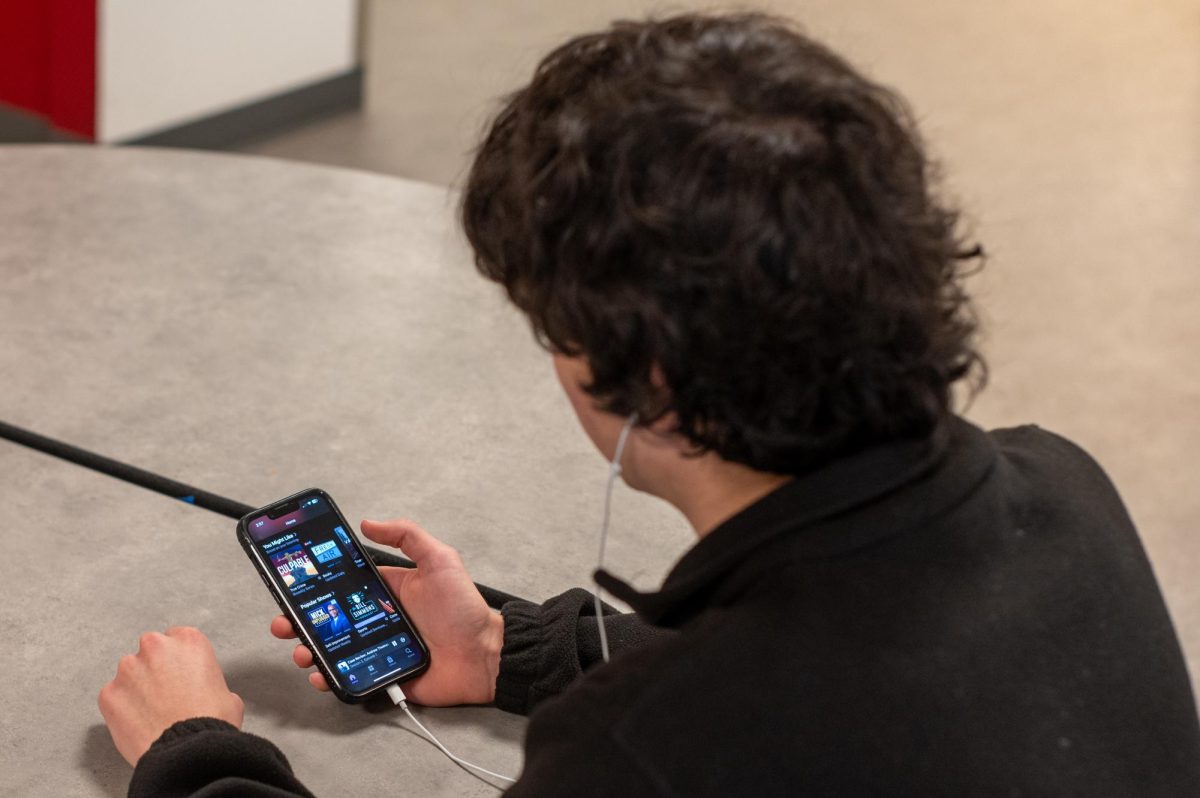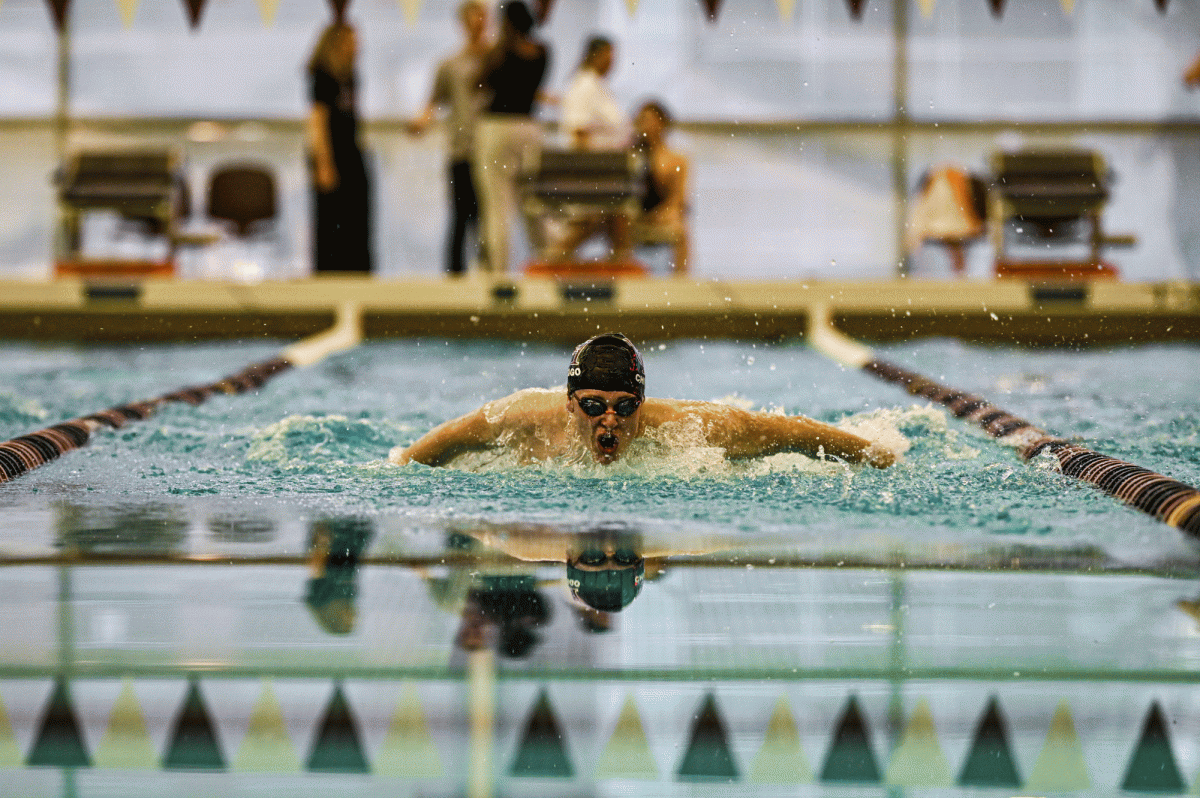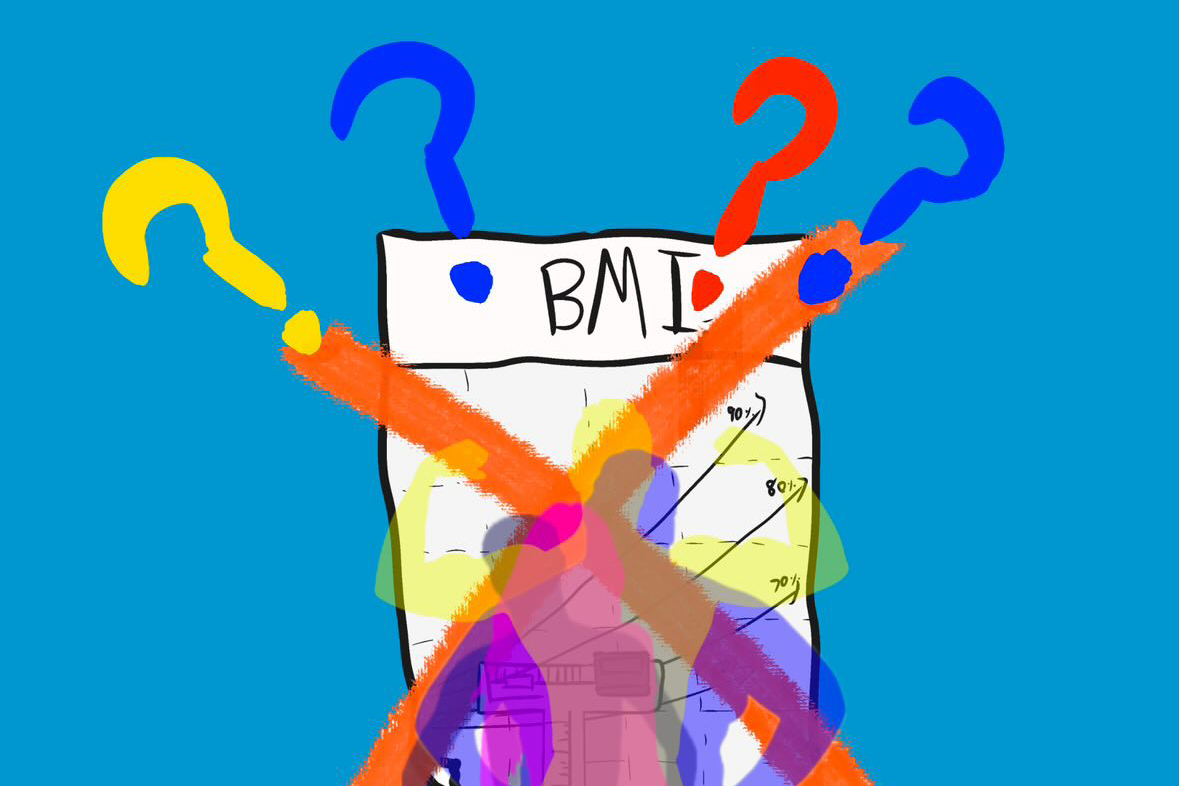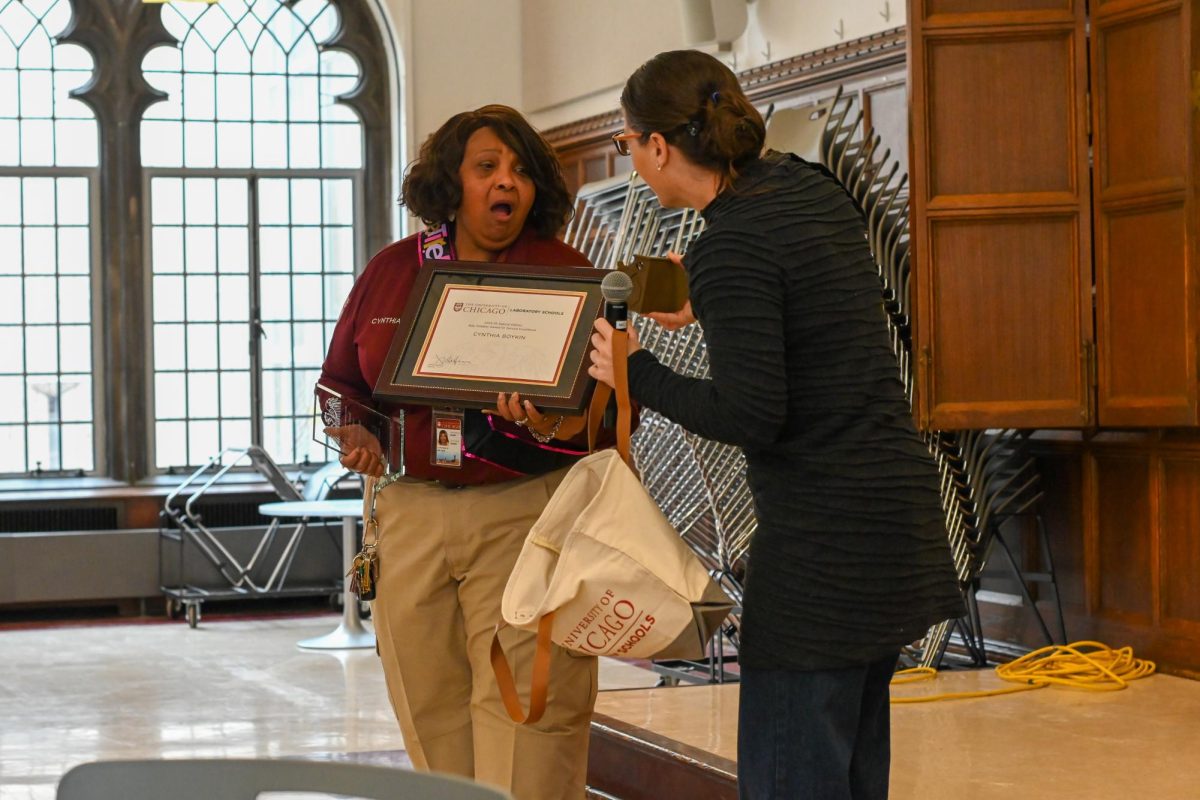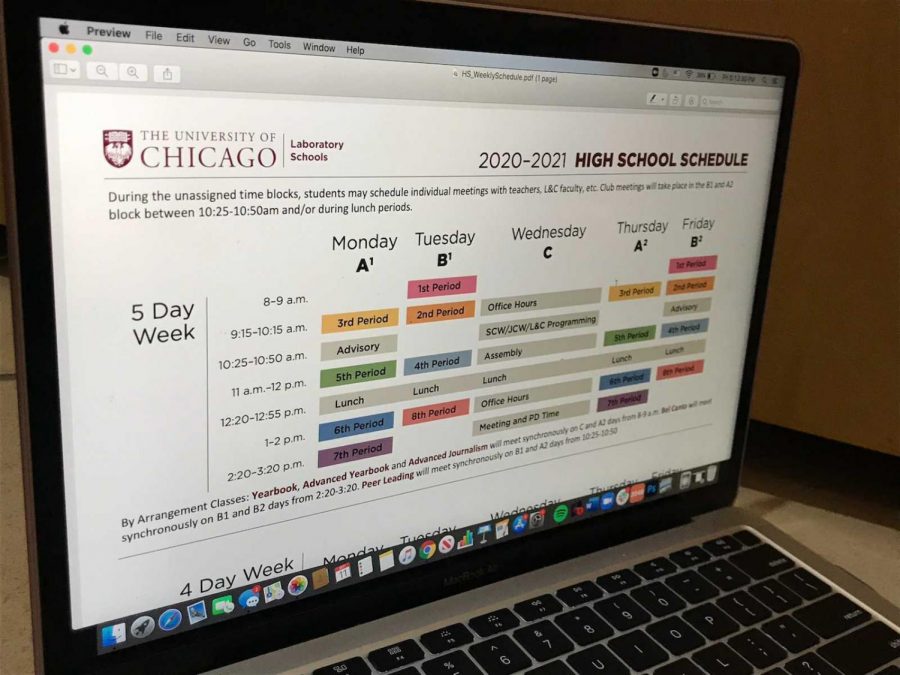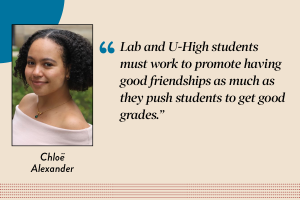Faculty examines learning structures, DEI issues in summer professional development
The block schedule was implemented this year to help create routines for students and teachers. The block schedule will be used whether learning is distance, hybrid, or entirely in-person.
September 11, 2020
To help students be seen, heard and connected during distance learning, faculty members took summer professional development courses to improve online learning and incorporate diversity, equity and inclusion.
For English department chair Mark Krewatch, it was a matter of finding an intersection between professional development courses on improving online learning and DEI.
“There’s the ‘How do we make remote learning work and create a sense of normalcy for our students,’” Mr. Krewatch said, “but then there’s also everything that’s happening in the world with race and DEI considerations and the many voices in our community and the very real concern for many that just getting things to normalcy isn’t a good idea if normalcy has been bad.”
This summer, faculty members engaged in discussions about DEI issues, and each department revisited their DEI statements. To improve class structure, faculty prioritized creating routine, utilizing synchronous class time efficiently and finding ways for students and teachers to connect.
“Spring was tough, because the schedule was unpredictable,” Assistant Principal Asra Ahmed said. “Coming into this fall, we had much more time to plan a better system.”
According to science teacher Matt Martino, doing as much work as possible asynchronously helps make synchronous lessons as interactive, helpful and influential as possible.
“We have very limited synchronous time,” Dr. Martino said. “In my physics classes, that time needs to be used for the things students really can’t do on their own — the things that prompt discussion or a complex breakdown that need that synchronous conversation.”
In science classes, it will be more crucial than ever, Mr. Martino said, for students to put in time with readings, videos and problem sets to make synchronous time as effective as possible.
“Yes, this is close to self-teaching, but then you have this resource, your teacher, to turn to when you hit a wall, “ Mr. Martino said. “If the way a textbook or video explains something just isn’t clicking for you, that’s when you have a teacher to turn to for help over Zoom and your teacher will be happy to work with you because working with students like that, in my opinion, is one of the best parts of our job.”
According to Ms. Ahmed, finding connections with teachers and utilizing office hours will be more important than ever for students.
In the English department, one priority in developing fall lesson plans was to create as many possible opportunities for teachers to give feedback on major and minor assignments, so students know teachers are seeing the work, checking in on them and available to help.
Mr. Krewatch hopes frequent feedback will keep students engaged and prompt discussion. Additionally, all English 1 classes and a few others transitioning to “gradeless” or growth model classrooms, making connections between students and teachers all the more important.
According to history department chair Naadia Owens, history teachers will experiment with different strategies to make work as exciting as possible for students, while surveying students to understand how each method worked for them. One such strategy uses an app, Flipgrid, which allows students to submit videos of themselves answering a question and another student can film a video in response.
“Obviously it’s not as wonderful as having an in-person discussion,” Ms. Owens said, “but it’s still a great way to connect and make sure everyone feels heard.”
Another priority across departments is finding ways for students to connect with each other. Art department chair Sunny Neater hopes to mimic the experience of students sitting and talking at an art table with each other. According to Ms. Neater, art classes will shift to accommodate materials in tote bags students picked up from school and those they ordered.
“One of the best experiences in class is the act of actually making art together,” Ms. Neater said. “I hope students can come in with an open mind, know that this is possible and that we’re all in this together. I really think this year can be great. It’s about what we choose to make of it.”







